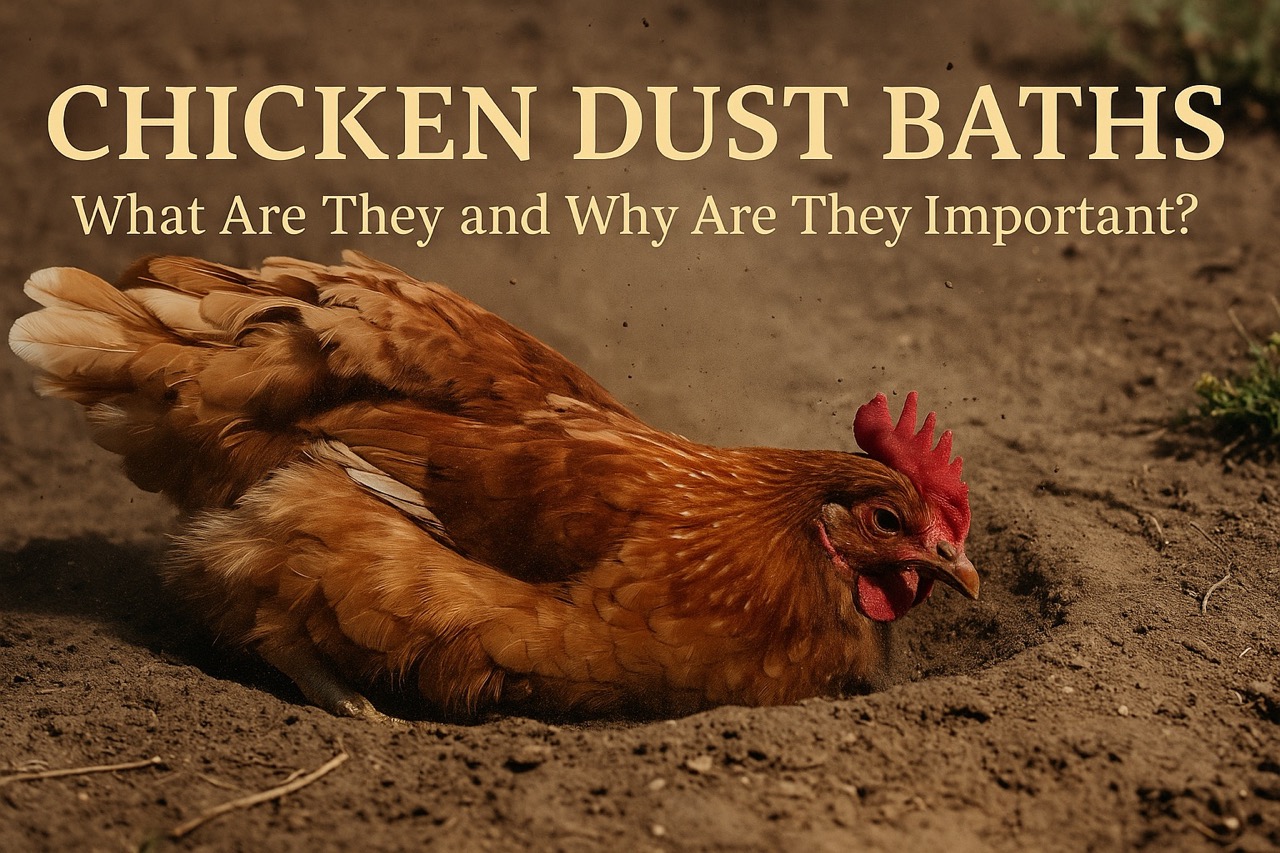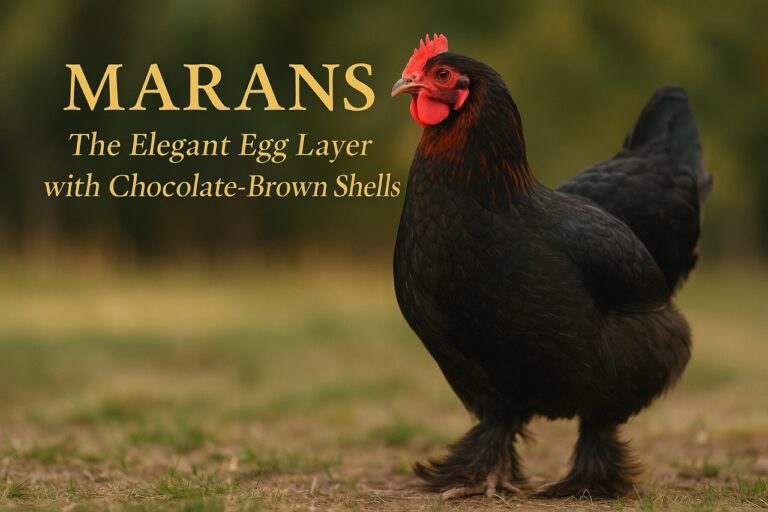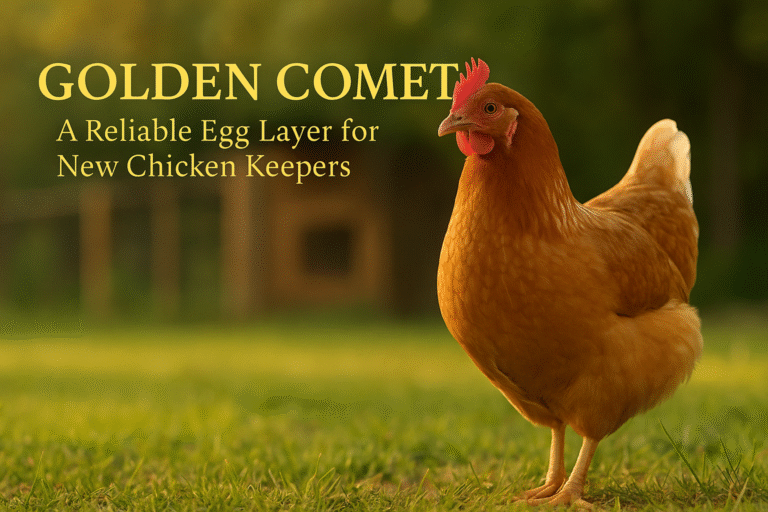If you’ve ever watched a chicken rolling around in the dirt, you’ve witnessed more than a quirky behavior — you’ve seen a vital hygiene ritual. Known as a chicken dust bath, this natural practice helps chickens stay clean, pest-free, and happy. In this guide, we’ll explore everything you need to know: what a dust bath is, why chickens love them, and how to create the perfect setup.
What Is a Chicken Dust Bath?
A chicken dust bath is a self-care behavior where chickens dig into dry, loose dirt or sand and roll around in it. Using their wings and feet, they scratch, toss, and puff dust into their feathers. This covers their skin and plumage, helping them remove excess oils and control external parasites like mites and lice.
Dust bathing is not just hygienic — it’s instinctive. Even chicks raised without a mother hen will often start dust bathing by a few weeks old.
Why Do Chickens Take Dust Baths?
Dust baths serve several crucial functions:
1. Pest Control
Fine dust suffocates or dislodges pests such as mites, lice, and fleas, making dust bathing a natural form of parasite control.
2. Feather Maintenance
Dust absorbs excess oils, keeping feathers light, fluffy, and in top condition.
3. Temperature Regulation
Especially in summer, dust helps chickens cool down by reducing moisture and insulating their skin.
4. Social Bonding & Stress Relief
Dust bathing is a favorite group activity. Chickens bathe together, take turns, and enjoy the sensory stimulation — it’s their version of a spa day.

How Often Should Chickens Dust Bathe?
Chickens will usually dust bathe daily if the environment allows. Warm, dry weather encourages frequent bathing, while cold or muddy conditions can discourage it. If your chickens aren’t bathing regularly, consider creating a better dust bath space or checking for signs of stress or pest issues.
Best Materials for a Chicken Dust Bath
Chickens prefer fine, dry materials. Here’s what works best:
- Dirt or Loose Soil – Free and effective, just ensure it’s dry.
- Sand – Great for feather care and moisture control.
- Diatomaceous Earth (Food Grade) – Excellent for pest control. Use sparingly to avoid respiratory irritation.
- Wood Ash – Helps with parasites and adds trace minerals.
- Shredded Leaves or Straw – Adds comfort and warmth, especially in winter.
Optional additions:
- Neem Powder – Natural pest repellent
- Herbs (Lavender, Rosemary, Mint) – Repel insects and smell great

How to Build a Dust Bath for Your Chickens
- Pick a Dry, Sunny Location – Chickens love warm spots with good drainage.
- Dig a Shallow Pit – 2–3 inches deep is enough.
- Add a Mix of Preferred Materials – Combine sand, soil, ash, and other ingredients.
- Provide Enough Space – Especially for larger flocks, multiple dust bath zones reduce conflict.
- Shelter in Winter – Consider covering baths or moving them to dry, sheltered spots in colder months.
Dust Baths by Season: Summer vs. Winter
Summer: Dust baths are frequent, especially in dry soil. Chickens use them to cool off and control pests.
Winter: Provide covered or indoor dust baths. Add straw, leaves, or hay for insulation and keep the area dry.
Conclusion: Dirt That Delivers
Dust bathing is far more than a fun behavior — it’s an essential wellness practice. From pest control to feather care, it keeps chickens healthy, social, and stress-free.
By creating a safe, clean, and accessible dust bath area, you’re giving your flock the gift of comfort and health. It’s one of the easiest — and most appreciated — ways to care for backyard chickens.
🐔 Further Reading on Paranoid Prophet
🔗 Trusted Sources on Chicken Dust Baths
- The Chicken Chick – Chicken Dust Baths
- Get Strong Animals – Dust Bath with Coop Recuperate
- City Boy Hens – Dust Bathing
- British Hen Welfare Trust – Chicken Dust Bath
❓ Frequently Asked Questions About Chicken Dust Baths
🐔 What is a chicken dust bath and why do chickens take them?
A chicken dust bath is when chickens roll and scratch in dry dirt, sand, or similar materials. This natural behavior helps them stay clean by removing excess oils and controlling external parasites like mites and lice. It also offers comfort, social bonding, and stress relief.
🌱 What materials should I put in a chicken dust bath?
The best chicken dust bath materials include dry dirt, sand, food-grade diatomaceous earth (DE), wood ash, and optionally shredded leaves or herbs. Avoid using anything damp, moldy, or chemically treated. A good dust bath should be fine, dry, and easy to dig through.
🛠️ How do I make a chicken dust bath in winter?
In winter, provide a dry, sheltered area like a covered run, cold frame, or indoor dust bath bin. Use insulating materials like straw or shredded leaves, and keep the bath mixture dry. Chickens still need dust baths in winter to stay parasite-free and keep their feathers healthy.
🐣 How often should chickens take a dust bath?
Most chickens take a dust bath daily, especially in warm weather. If they don’t have access to a proper dust bath, they may appear agitated or restless and might start digging in unwanted places, like garden beds or flowerpots.
🐞 Can a dust bath prevent mites and lice in chickens?
Yes. Dust baths are one of the most effective natural methods for preventing and controlling mites and lice. Adding food-grade diatomaceous earth or wood ash to the dust bath increases its pest-fighting power by damaging the outer shells of pests and drying them out.
🧺 Where should I put the chicken dust bath in my backyard?
Choose a sunny, dry spot that drains well and won’t flood. Many chicken keepers build a simple pit, place it in a corner of the run, or use a large container filled with a dust mix. If you live in a wet climate, consider adding a small roof or placing the bath under cover.
💨 Is diatomaceous earth safe in a chicken dust bath?
Only food-grade diatomaceous earth should be used in small amounts. It helps with parasite control, but overuse or improper handling can cause respiratory irritation. Mix it thoroughly into the dust bath, and avoid creating clouds of dust when adding it.
🌿 Can I add herbs to my chickens’ dust bath?
Yes! Chickens enjoy aromatic herbs like lavender, rosemary, mint, and thyme, which naturally deter pests and make the dust bath more pleasant. These herbs also help repel insects and reduce stress in the flock.




